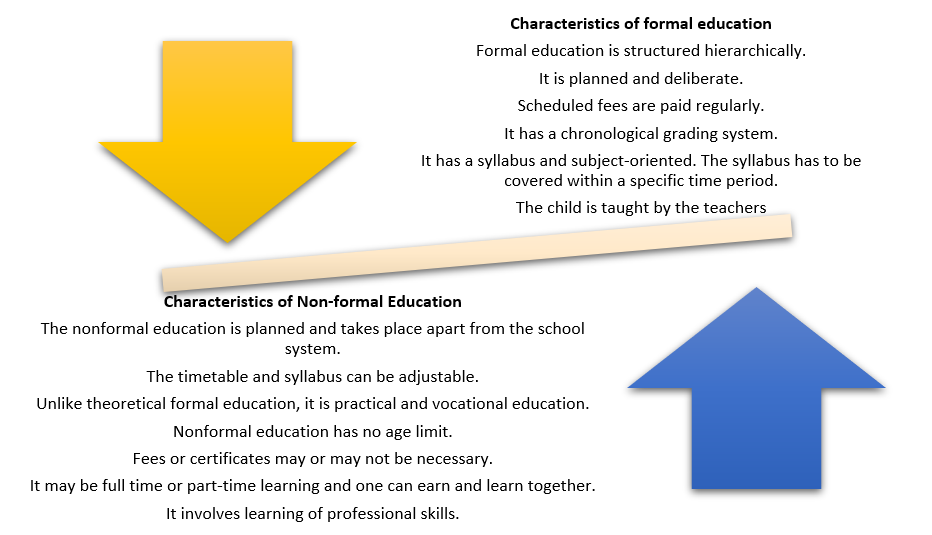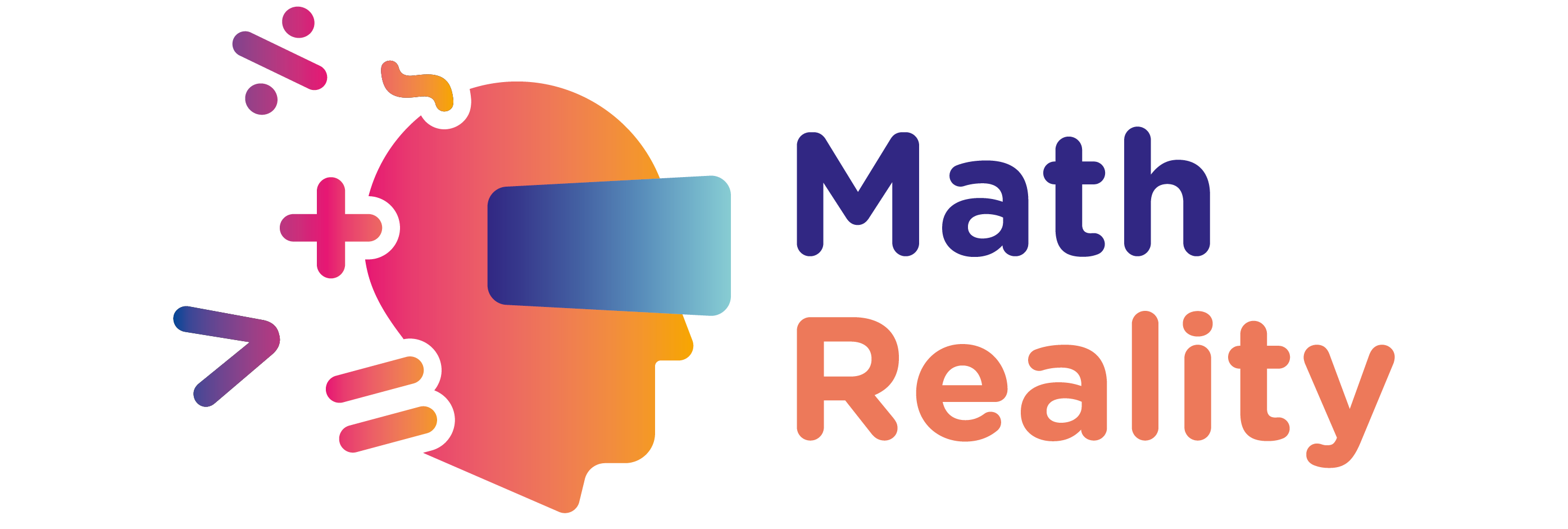How to convince a teacher to use non-formal approach?
In recent years we have been trying to find ways to motivate students and to convince them that math classes can be fun and pleasant. Also, we want them to become actively involved in the learning process, but we do not always find the right resources to achieve this.
Formal teachers are often looking to discipline their students while providing information. Their classes are highly structured so that every student has the opportunity to learn without distraction. Formal teaching often takes place solely in the classroom where students work through prepared material over the course of an academic year. Once students complete the year, they move on to the next educational level.[1]
Non-formal learning, on the other hand, is characterized by a deliberate choice of the person, which takes place in any organization pursuing educational and training purposes, even volunteering, the national civil service, private social service and in enterprises. Thus, non – formal education is any type of structured and organized learning which is institutionalized, intentional and planned by an educational provider, but which does not lead to formal level of qualification recognized by the relevant national education authorities. People of all age groups can participate in non – formal education which can be offered through courses, workshops, seminars. [2]
The majority of teachers find it a lot easier to teach in a formal way, given the fact that there is a great range of teaching materials that will help them achieve their objectives. What is more, they are the product of the formal kind of training and some of them have never seen or experienced the non-formal approach. Through teacher refreshment courses, the European Union is trying to convince teachers to use innovative teaching methods and up to a point it works. Enthusiastic, the teachers, as it happened to me, go back to their schools and for a few weeks they try to introduce the new non-formal methods in their everyday teaching. Things go south when they realize that the teaching materials are scarce and that the fellow teachers will see the methods they use more or less suspicious.
It gets even more difficult when they have to correlate the non-formal teaching methods with the all-so-formal exam items. And this leaves them wondering: is the non-formal approach approachable? Can I teach without using it? Yes, this can be done, but aren’t students’ knowledge and wellbeing the ultimate goal of teaching? There are ups and downs when it comes to formal and non-formal educational processes, and we, as human beings, will always tend to choose the easy way. Teachers who will not easily give up the classical methods have to be well-informed about the non-formal approach in teaching, as opposed to the formal one

Formal education does work; we are all its visible results. But experts around the world have been trying to give people a wakeup call: education is the key to everything and it has to be oriented towards the students, as they will be the creators of the world we would live in at an old age. The famous Ken Robinson said: `Human resources are like natural resources; they’re often buried deep. You have to go looking for them; they’re not just lying around on the surface. You have to create the circumstances where they show themselves.` Standing in front of a group of children or teenagers, telling them about sciences, literature or any subject is not really an image of an explorer, is it? The circumstances Ken Robinson is mentioning can be created by using non-formal methods, such as immersive activities using Virtual Reality gadgets, which will help students visualize and explore notions that maybe seemed extremely abstract for them.
From a psychological point of view, learning math can be a real struggle. There is a condition called dyscalculia, which makes it hard for people to do math or tasks that involve math. It is estimated that 5 to 10 % of people might have dyscalculia. [3] This condition does not only affect children, but it will continue through adulthood and it may interfere with the quality of people’s lives. By finding alternative, non-formal ways of teaching and learning math, we, as teachers, would improve our students’ self-confidence and we would definitely manage to reduce the number of drop-outs.
So, how do you convince math teachers to use non-formal approach? The process is long and sometimes tiring. First off, make sure they know what the non-formal approach is. Then you should teach them the same things in a formal way and then in a non-formal way. This is where they will see the real difference. The next step involves the teaching material available, most of which could be found online (try https://www.ixl.com/).Teachers also love a bit of a challenge and maybe they will be willing to teach two groups of the same age range using the different approaches, the informal one and the non-formal one. This way they will realize that the non-formal approach is rewarding and entertaining not only for the students, but also for them. Last but not least, although reports are not what we love doing, ask them to write one after performing this experiment. If things are done the right way, the advantages of using the non-formal approach will outweigh the ones of the formal one.
